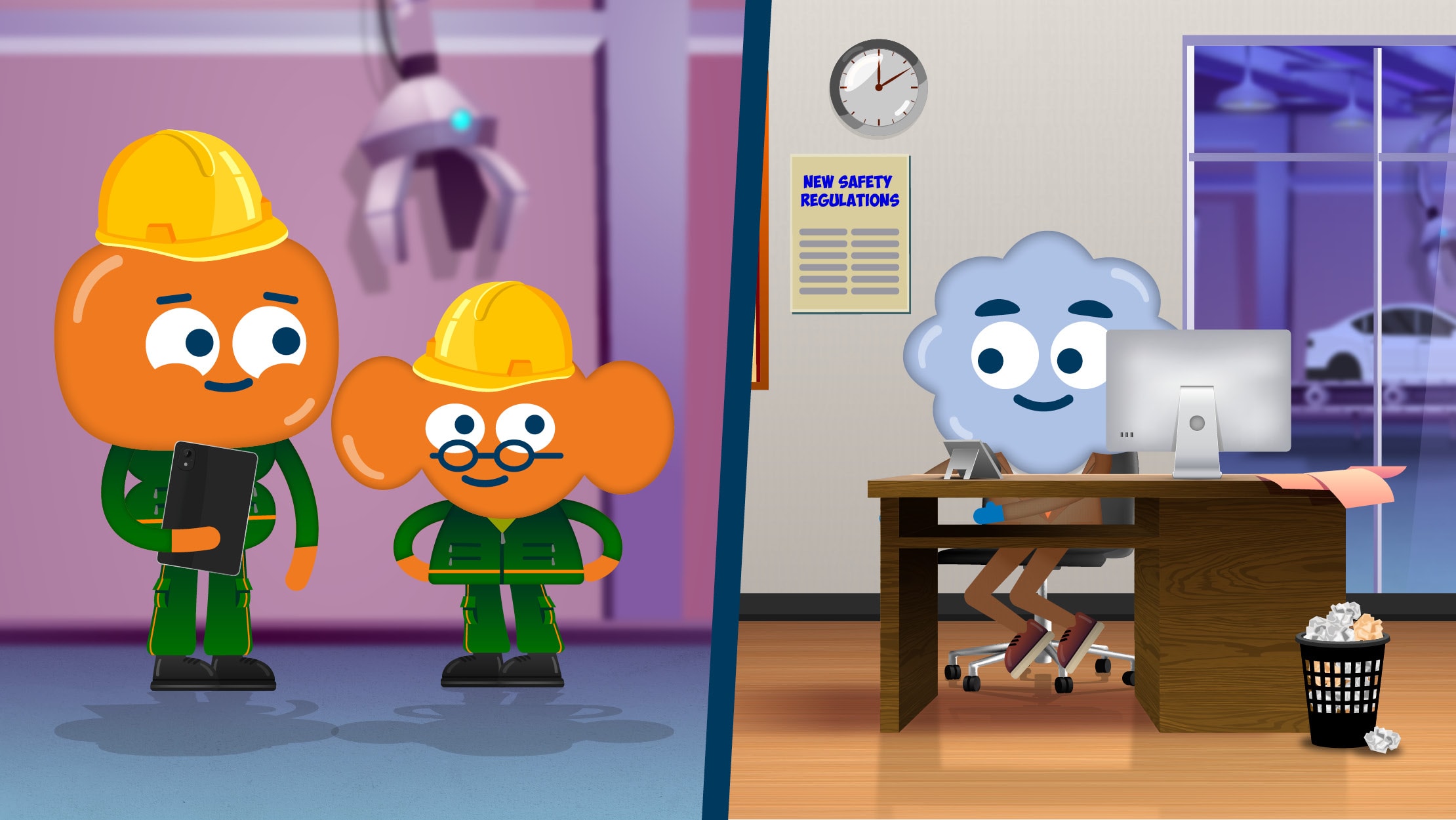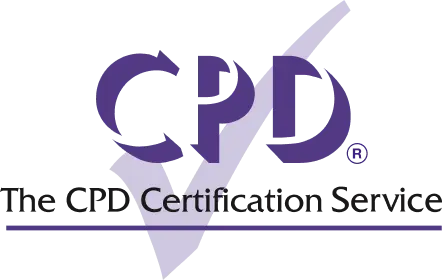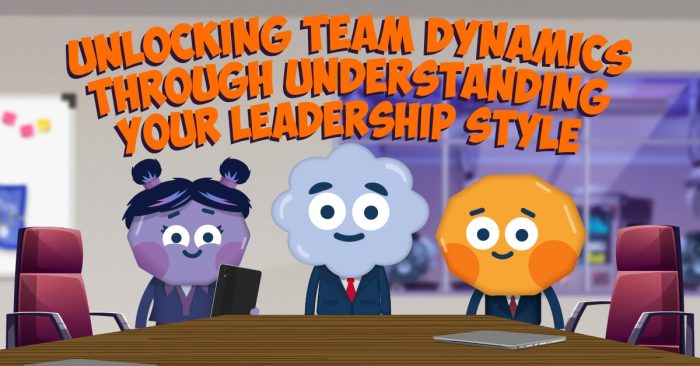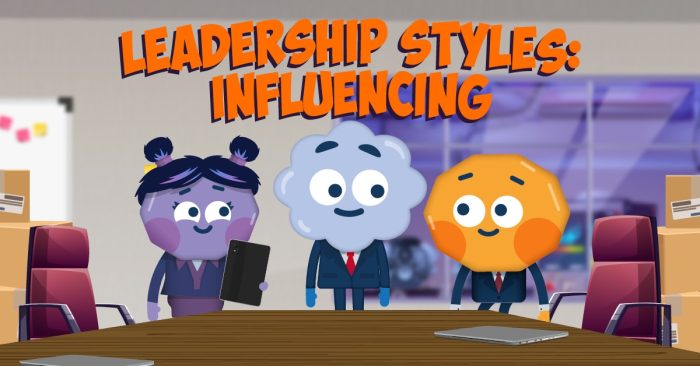Agility and Flexibility in Organizations
“What did they just say? Oof. It’s okay, I’ll just use my usual sales pitch. It’s bound to convince them to buy from me.”

Course overview
Your employees have come up with a great strategy for their next project. They know it’s going to guarantee that the new car design they’ve been working on is the next big thing. And, what do they know, it pays off. Naturally, when their next project rolls around, they want to try the same thing. Except, this time, it doesn’t work so well. They and their team are left feeling deflated, wondering why it wasn’t as successful this time around.
Knowing when to apply flexibility and agility in an organization helps everyone adapt quickly when it’s time to make a change. But there are important differences between being flexible and being agile, especially in relation to the business the employees work for. When they know these differences, it’s easier to see when they need flexibility or agility, and when they need both.
What’s covered
- The difference between agility and flexibility
- How agility can be used in different areas of the business
- How flexibility can help businesses overcome challenges
Why your teams need this course
Everyone can benefit from learning more about agility and flexibility in organizations. By the end of this course, your employees will know the clear differences between them. They’ll see just how important agility is across different business areas. And they’ll learn how flexibility is crucial for overcoming problems and challenges in a business.


Accredited by CPD
TalentLibrary is recognized as reaching the standards and benchmarks required by the Continuing Professional Development (CPD) Certification Service.
The CPD Certification Service is the world’s leading and largest independent accreditation organization for professional development courses across all industry sectors.



